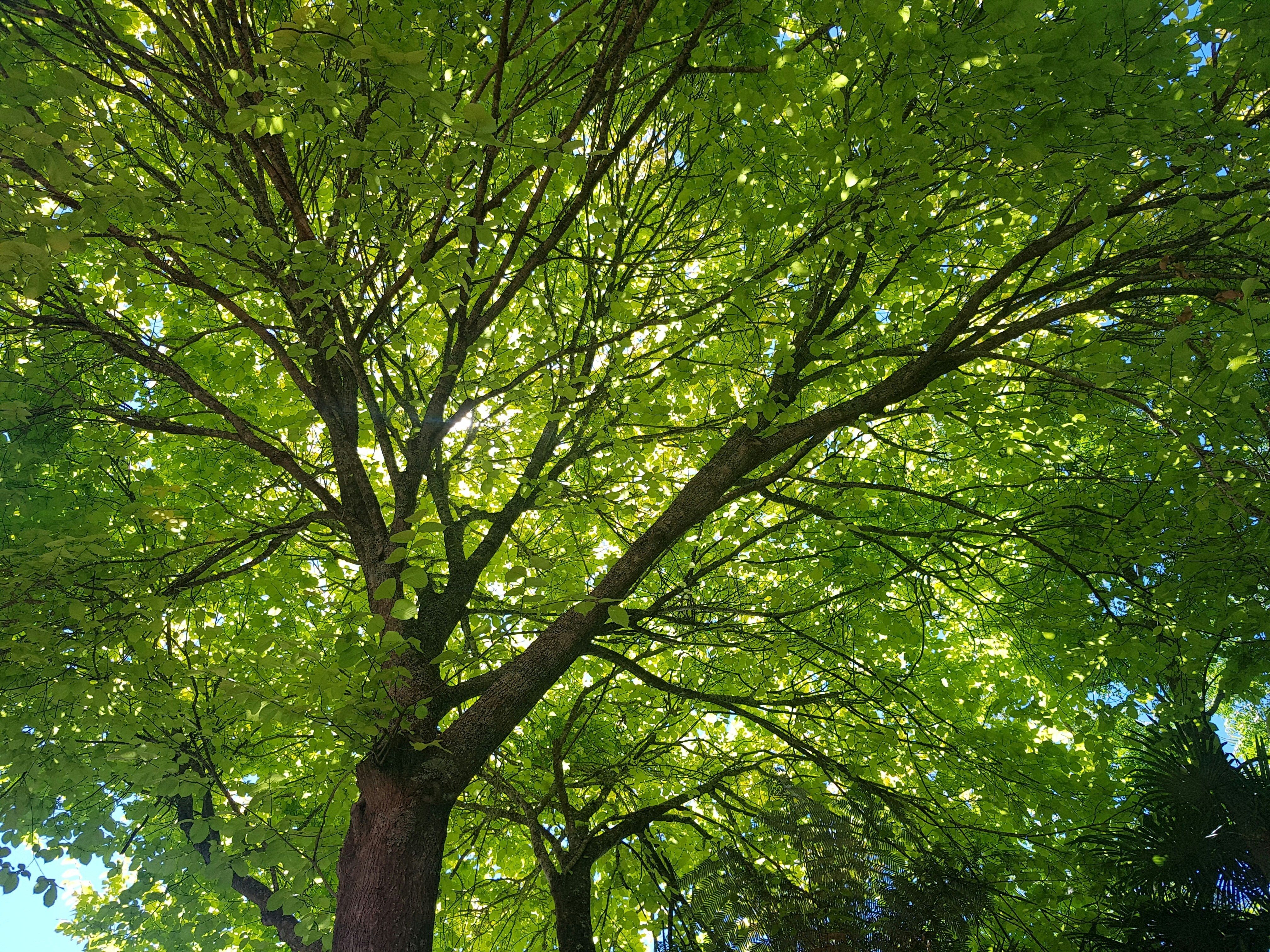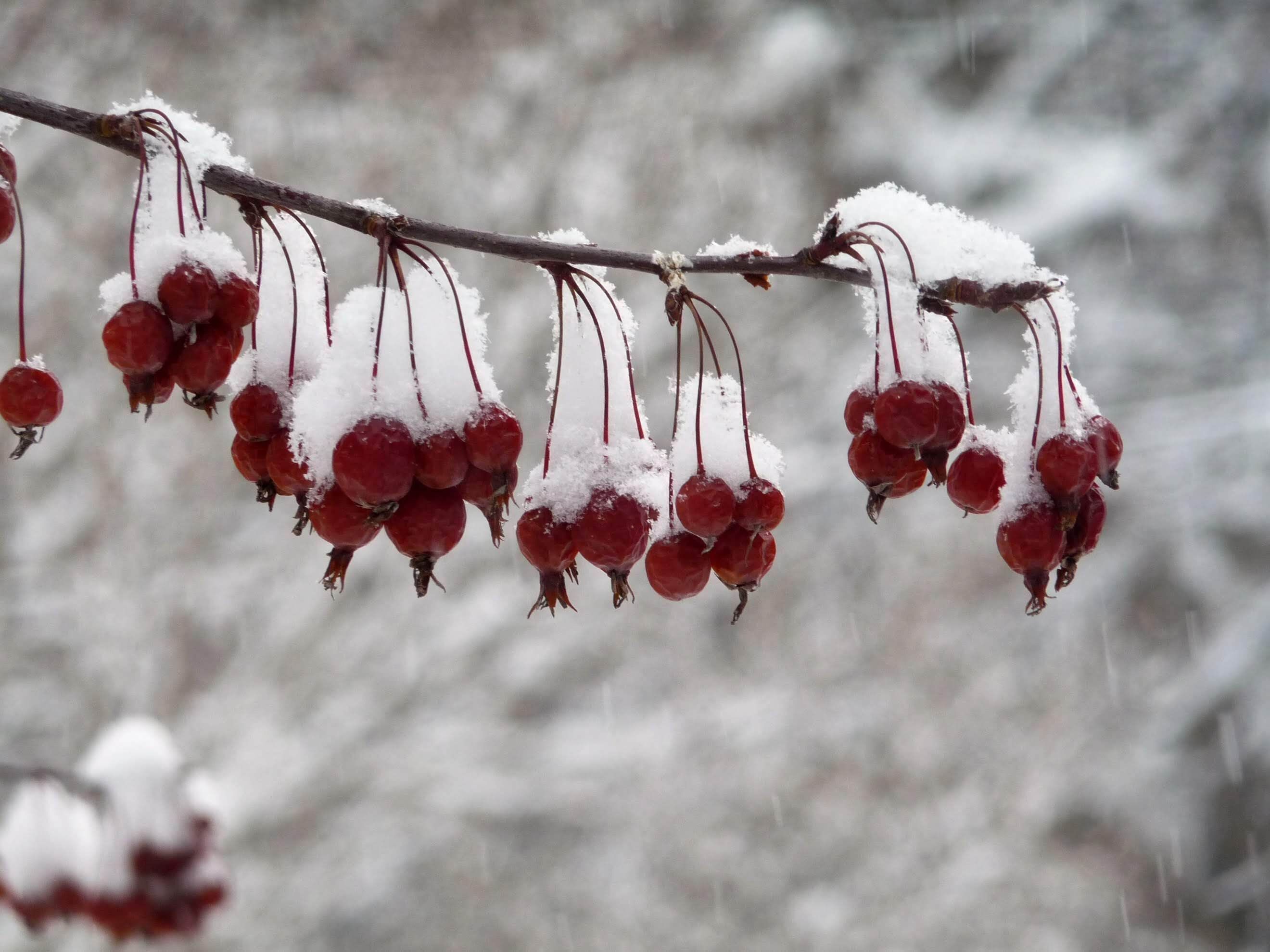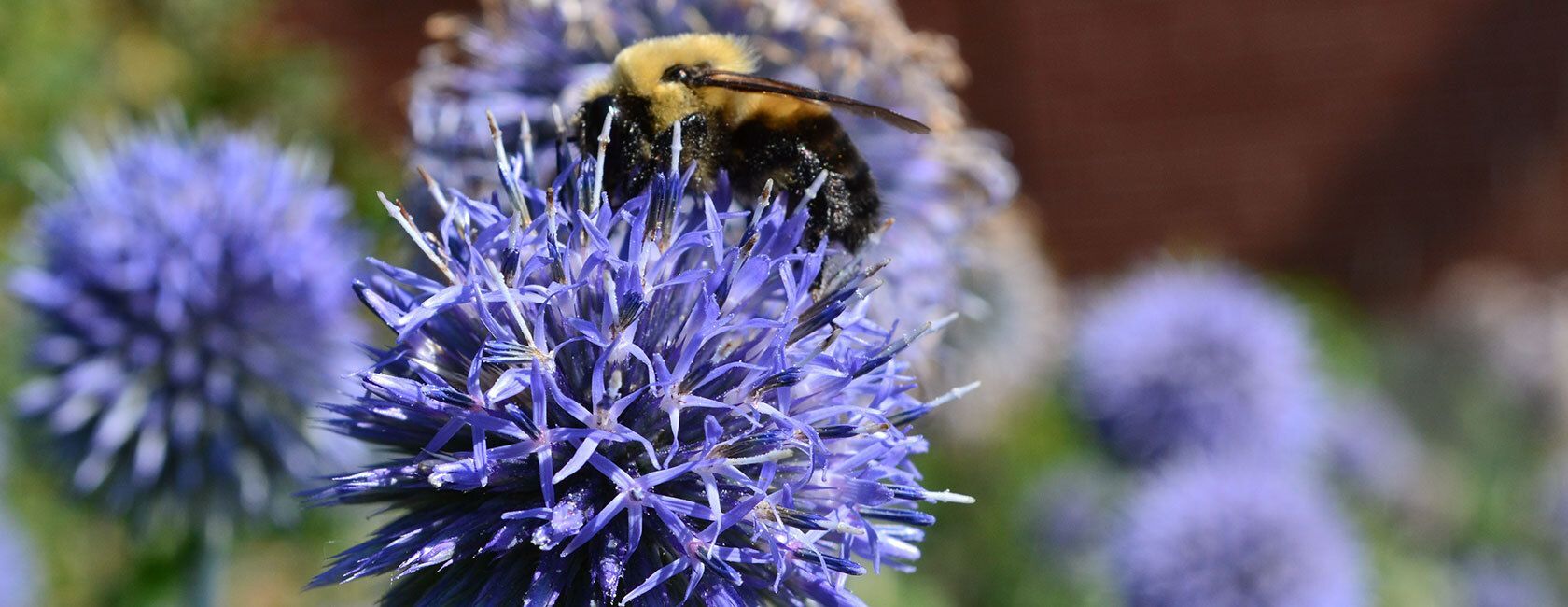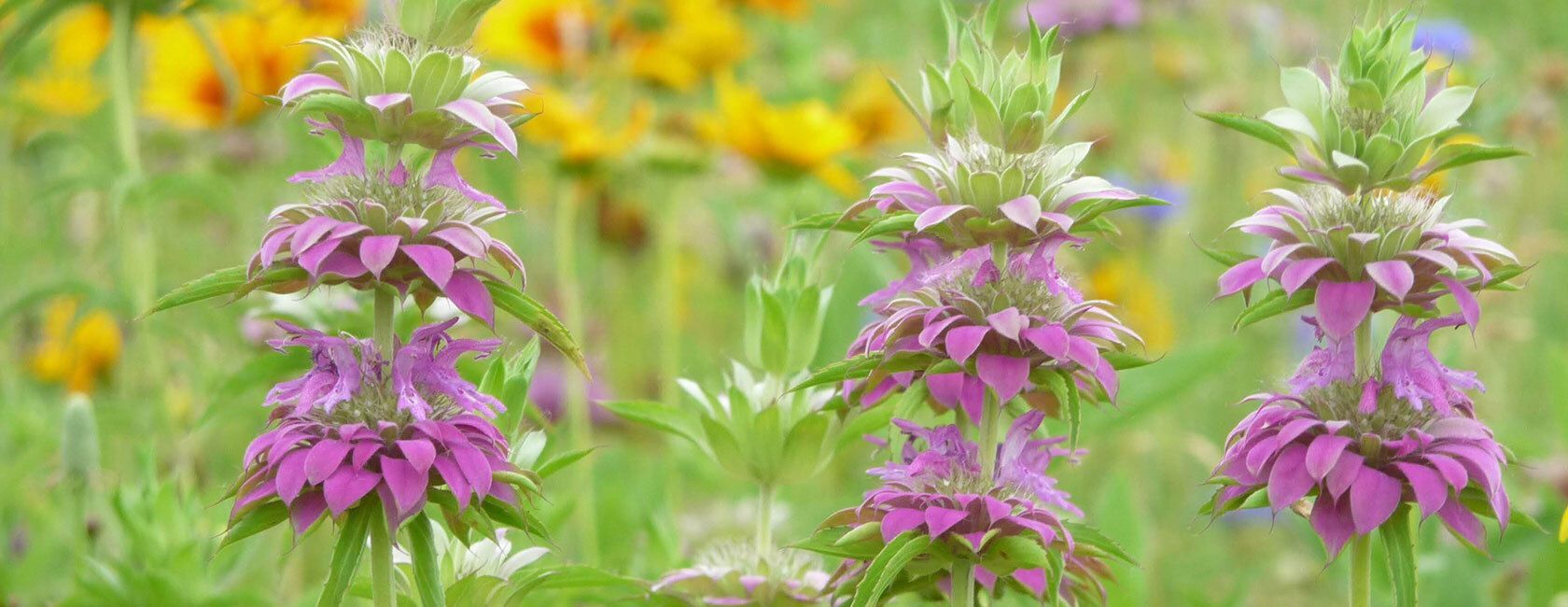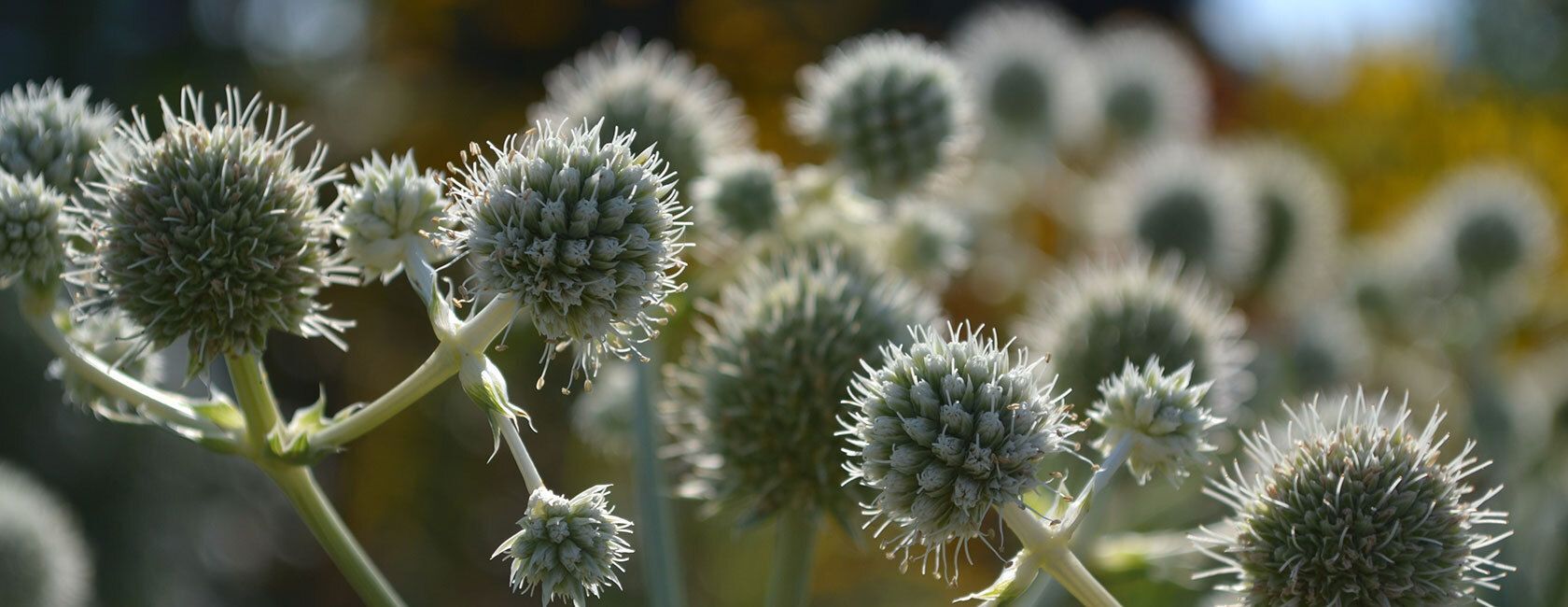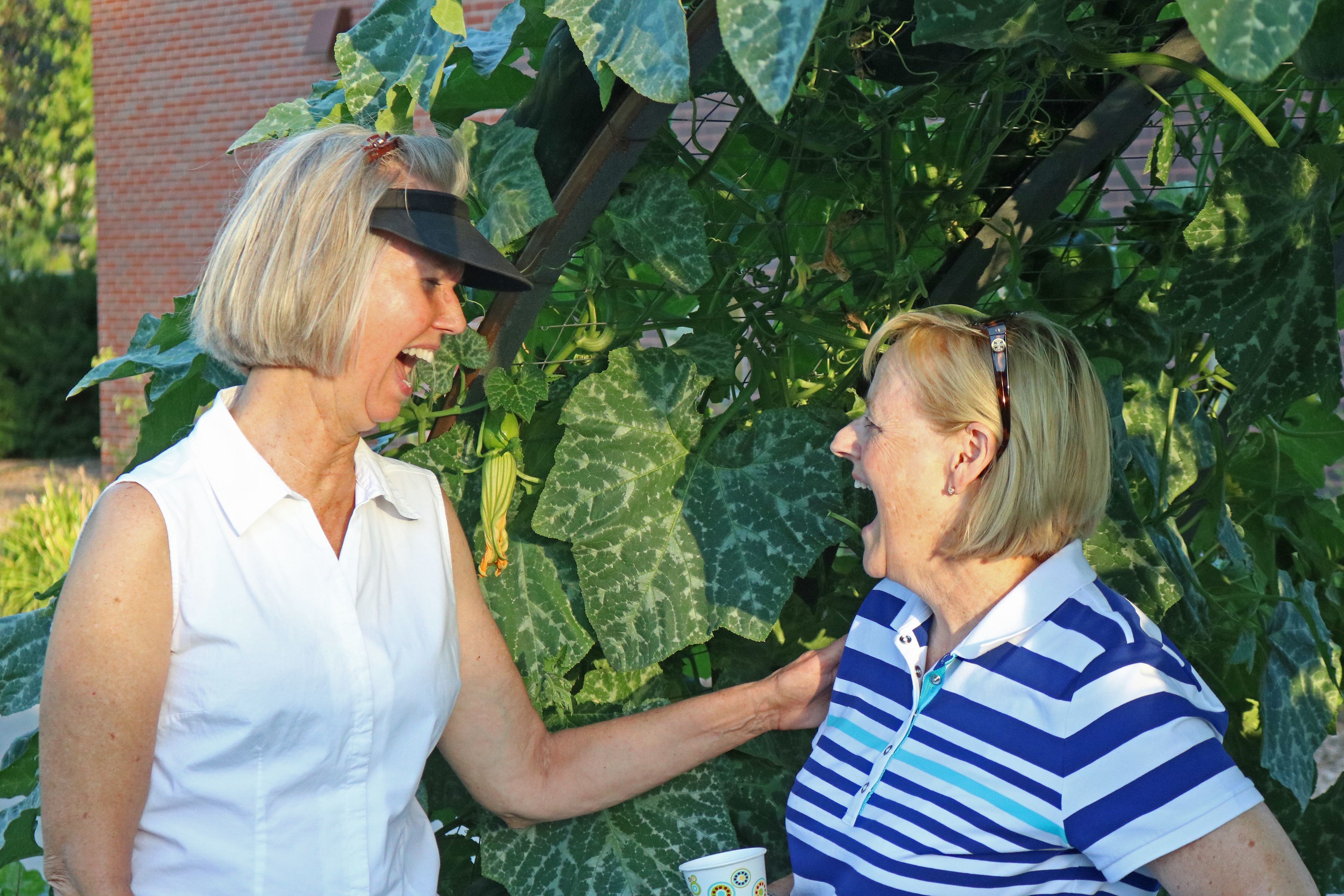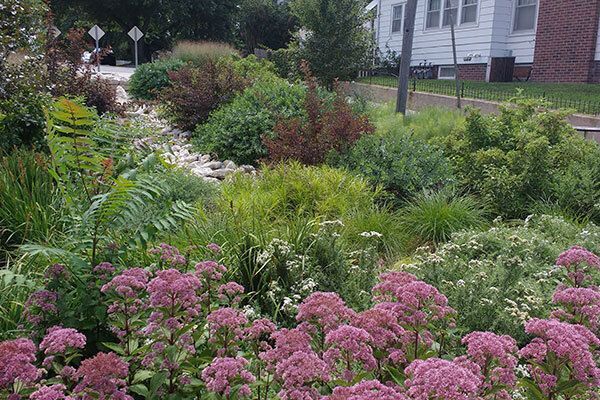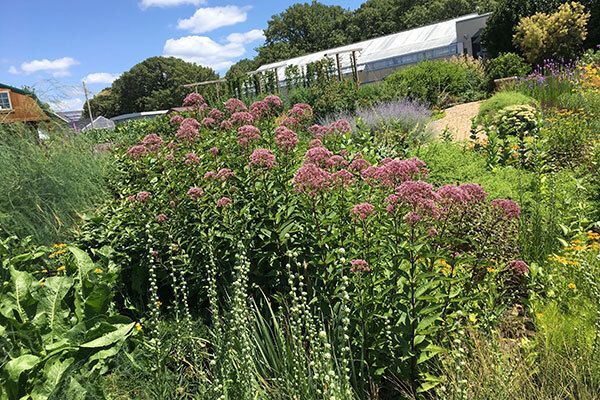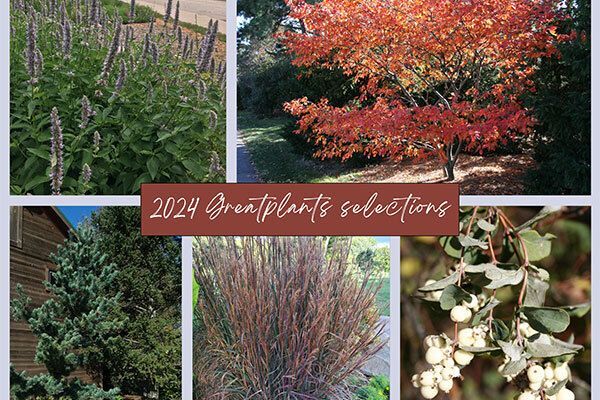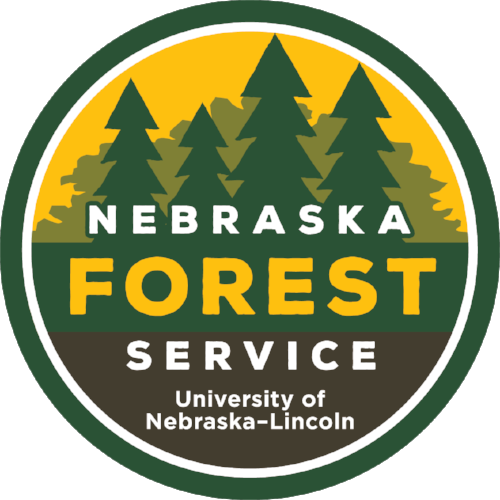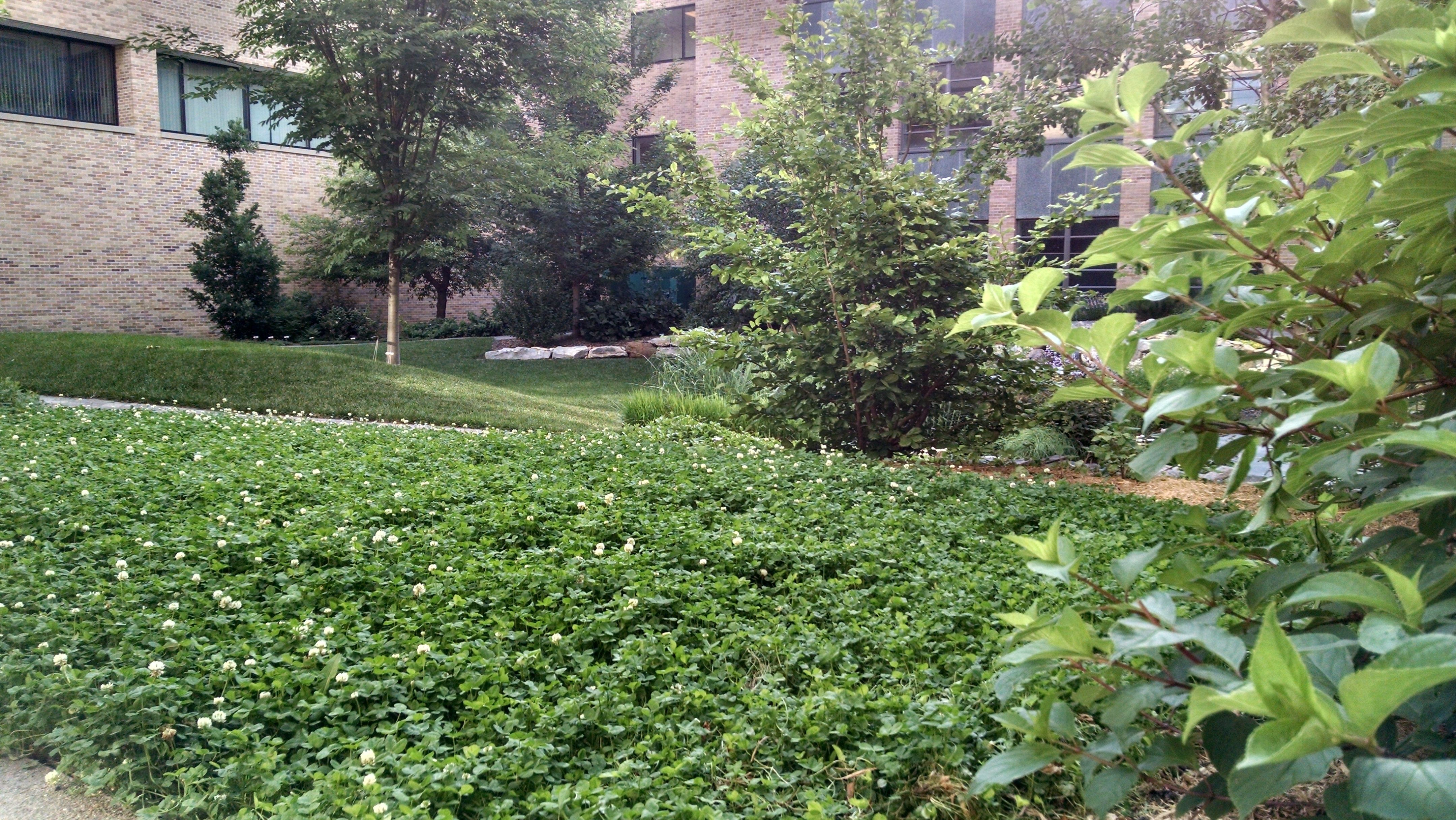
We're deep in mid-winter, which is the perfect time to start thinking about what we might want to do with our yard and garden in 2023. This spring, why not rethink your lawn?
Let’s face it, the lush and weed-free modern lawn desired by most American homeowners is problematic in many ways. The effort to achieve this vision not only requires significant time and resources as we mow, fertilize, spray, irrigate and repeat on a weekly and annual basis, it also often leads to fertilizer pollution in our waterways, herbicide injury to non-target plants, and noise and air pollution from the near constant neighborhood buzzing of mowers, trimmers and blowers. Perhaps the biggest concern is the impact on municipal water supplies. Lawn irrigation is the single biggest user of municipal drinking water during the summer in Nebraska. This year’s drought and its impact on public water supplies across the state should be an alarm bell about the thirsty nature of our turf-dominated landscapes.
Embrace Benign Neglect & Mix It Up with Mowable Plants
The good news is that an eco-friendlier approach to your lawn is not hard to achieve. In fact, it mostly just requires a willingness to relax and embrace some benign neglect. Here we have a great opportunity to let go of the societal pressures driving us to keep up with our neighbors and instead demonstrate that our lawns can be both attractive and environmentally friendly.
Before the advent of modern broadleaf herbicides, most lawns were a mix of clover, grass and other things that naturally occurred and tolerated mowing – or grazing by animals. The polyculture lawn -- or a lawn of mixed species of mowable plants -- is gaining momentum, and we can return to it by simply overseeding lawns with Dutch white clover and accepting other low-growing plants that come along naturally, like wild violets, trefoil, ground ivy and even knotweed. The white clover is especially beneficial, as it will add nitrogen to the soil, thus reducing the need for fertilizer. Another good plant to add is Siberian squill, a lovely early spring flowering plant that grows from a small bulb and spreads naturally over time.
Another advantage of the polyculture lawn is that it is more drought tolerant and provides food and nectar to pollinators and other wildlife. They also generally require much less mowing. The white clover is fairly easy to establish within an existing lawn by power raking and overseeding in the spring or as a dormant seeding in late fall.
Remember to Be a Good Neighbor
It should be said here that developing a more relaxed approach to the lawn should not be seen as an excuse to allow our home landscape to look ragged or unkempt. In a neighborhood, where we’re counting on each other to maintain property values and exhibit good social decorum, it’s especially important for our landscapes to look purposeful and well-managed. Nobody wants to live next to a place that appears weedy and abandoned.
Ecologically beneficial lawns still require regular management, including mowing and weed control. It’s also likely that some watering will be required in dry conditions, and fertilizing may still be necessary at times. With that in mind, however, we should also see “good neighborliness” in setting an example for our fellow environmentally conscious citizens to follow. The entire neighborhood will benefit – including our pollinator friends – if polyculture lawns catch on.
This article ran in the 2023 issue of The Seed, which is an annual publication of the Nebraska Statewide Arboretum. You can read more articles about rethinking your lawn here. And as a member, you'll get this beautiful magazine mailed to you -- just one of our many member benefits!

